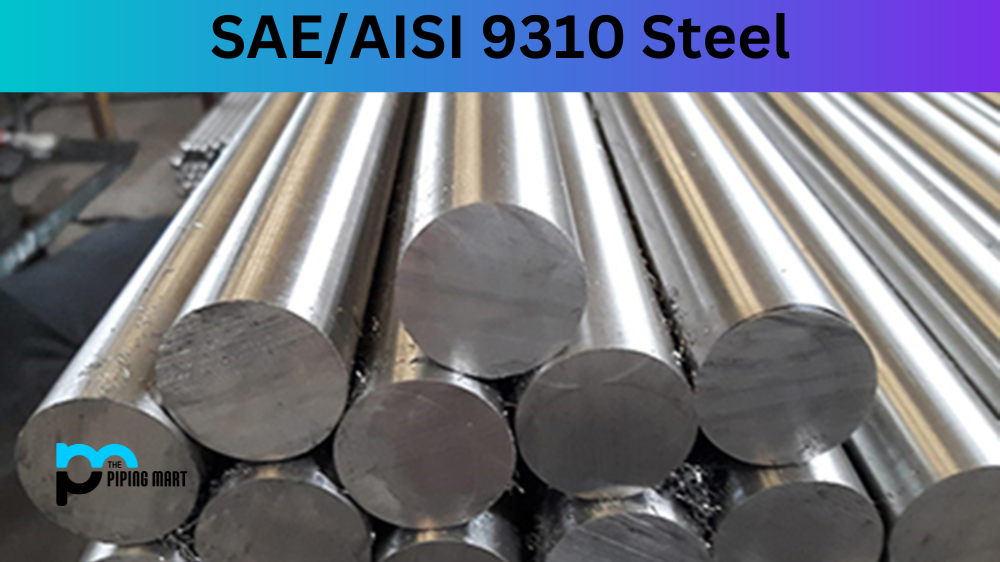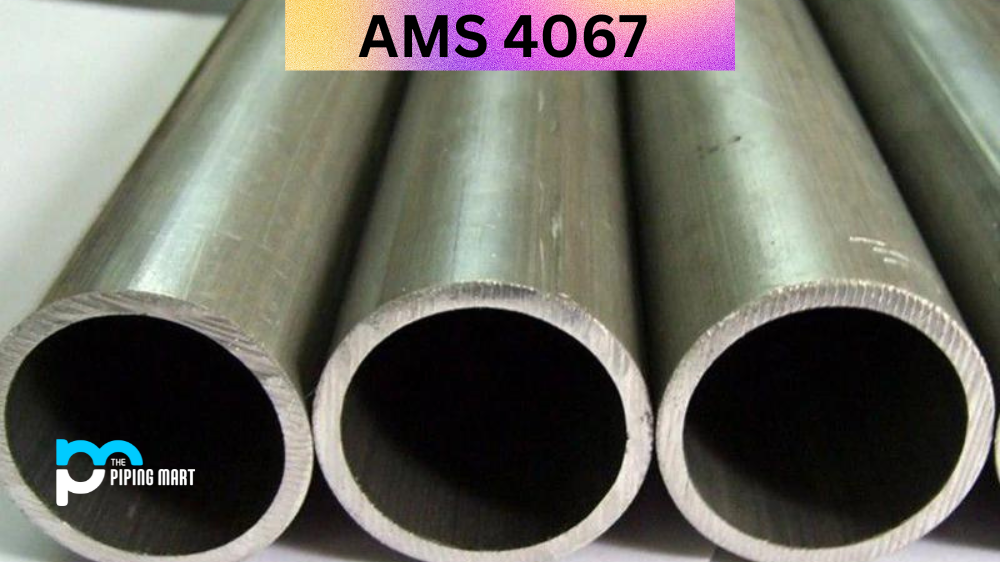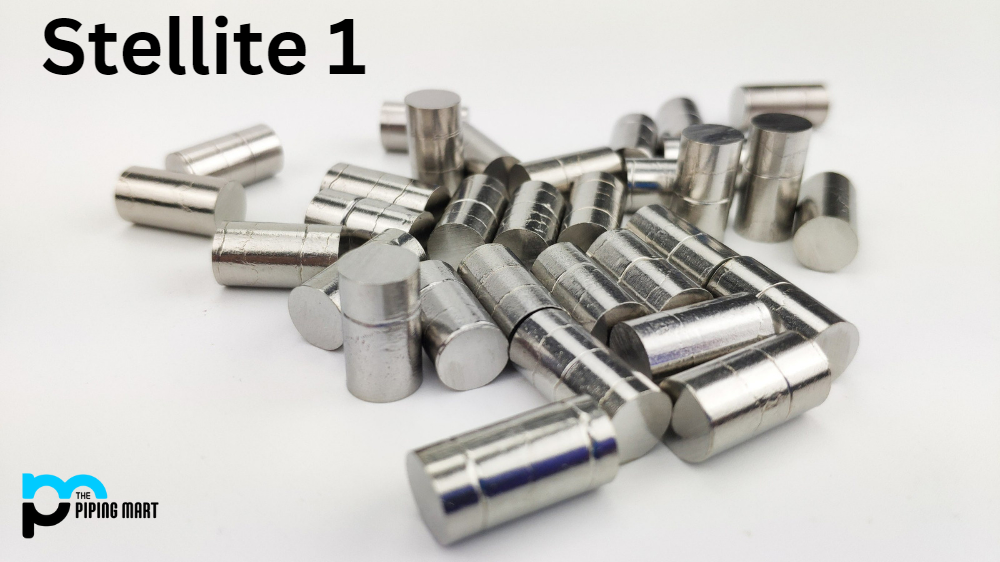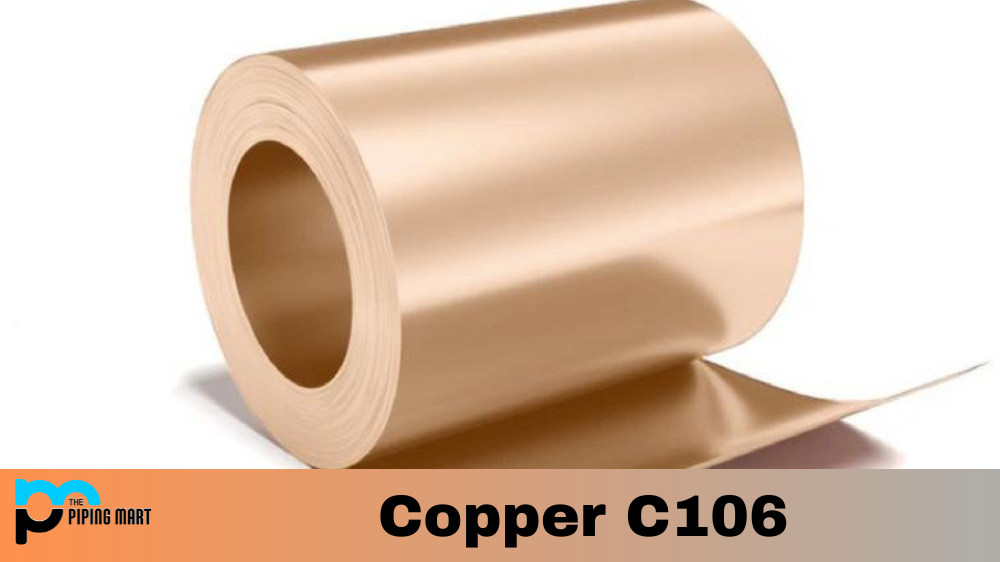AISI 9310 is a low alloy steel often used in high-stress applications such as aircraft gears, engine parts, and missile components. This steel is known for its high strength, toughness, and wear resistance, making it a popular choice in the aerospace and defence industries. This blog post will discuss everything you need to know about AISI 9310, including its composition, mechanical and physical properties, uses, heat treatment, corrosion resistance, machining, and welding.
What is SAE – AISI 9310?
AISI 9310 is a high-carbon steel alloy used in manufacturing aircraft and automotive components due to its superior strength, hardenability, and wear resistance. It offers improved fatigue properties compared to other steels for machining applications such as gears, shafts and crankshafts.
SAE – AISI 9310 Composition:
AISI 9310 belongs to the nickel-chromium-molybdenum steel family and contains small amounts of carbon, manganese, silicon, sulfur, and phosphorus. Nickel and chromium enhance the steel’s toughness and wear resistance, while molybdenum promotes hardenability and high-temperature strength.
| Symbol | Element | Min % | Max % |
| C | Carbon | 0.07% | 0.13% |
| Mn | Manganese | 0.40% | 0.70% |
| Si | Silicon | 0.15% | 0.35% |
| P | Phosphorus | 0.015% | |
| S | Sulfur | 0.015% | |
| Cr | Chromium | 1.00% | 1.40% |
| Ni | Nickel | 3.00% | 3.50% |
| Mo | Molybdenum | 0.08% | 0.15% |
| B | Boron | 0.001% (10 ppm) | |
| Cu | Copper | 0.035% |
SAE – AISI 9310 Mechanical Properties:
The mechanical properties of AISI 9310 depend on its heat treatment. In the annealed condition, the steel has a tensile strength of 760 MPa and a yield strength of 415 MPa. After heat treatment, the steel can have a tensile strength of up to 1750 MPa and a yield strength of up to 1400 MPa.
| Material | Heat Treatment |
Ultimate Tensile Strength (Mpa) | Yield Strength (Mpa) | % Elongation | % Reduction of Area | Core Hardness |
| LESCALLOY 9310 VAC ARC ® | A | 1289 | 1117 | 15 | 51 | 375 |
| LESCALLOY 9310 VAC ARC ® | B | 1069 | 896 | 15.5 | 52 | 331 |
| LESCALLOY 9310 VAC ARC ® | C | 1207 | 1069 | 16 | 53 | 363 |
SAE – AISI 9310 Physical Properties:
AISI 9310 has a density of 7.85 g/cm3 and a melting point of 1450-1500°C. It has good thermal and electrical conductivity and a coefficient of thermal expansion similar to other steel alloys.
|
Physical Properties 9310
|
|||
| Density | 0.284 lb/in3 | ||
| Ultimate Tensile Strength | 155 ksi | ||
| Yield Tensile Strength | 130 ksi | ||
| Hardness Rockwell | Brinell | B109 | 331 | ||
| Elongation at Break Percentage | 15.5% | ||
| Modulus of Elasticity | 29,000 ksi | ||
| Reduction of Area Percentage | 52% | ||
| Melting Point | 2,580-2,650 °F | ||
| Specific Heat | 1.1 x 10^-1 BTU/lb-°F | ||
| Thermal Conductivity | 336 BTU-in/hr-ft^2-°F | ||
SAE – AISI 9310 Equivalents:
- AMS 6260G
- AMS 6265C
- AMS 6267A
SAE – AISI 9310 Uses:
The high strength and toughness of AISI 9310 make it ideal for use in high-stress applications such as aircraft landing gears, engine gears, bearings, and shafts. It is also used in missile components, oil and gas drilling equipment, and commercial and military aircraft parts.
SAE – AISI 9310 Corrosion Resistance:
AISI 9310 has good corrosion and oxidation resistance in various environments. However, it is not recommended in highly acidic or seawater environments.
SAE – AISI 9310 Heat Treatment:
AISI 9310 can be heat treated to enhance its mechanical properties. The most common heat treatment method is quenching and tempering. It involves heating the steel to a specific temperature and then rapidly cooling it in a quenching medium such as oil or water. The steel is then tempered at a lower temperature to improve its toughness and flexibility.
SAE – AISI 9310 Machining:
AISI 9310 can be machined using conventional methods, but it requires high cutting speeds and adequate coolant to avoid work hardening. Carbide tools are recommended due to the high hardness of the steel.
SAE – AISI 9310 Welding:
AISI 9310 can be welded using conventional welding methods such as gas tungsten arc, gas metal arc, or shielded metal arc welding. Preheating is recommended to prevent cracking, and low-hydrogen electrodes should be used to avoid hydrogen-induced cracking.
Conclusion:
AISI 9310 is an excellent choice for high-stress applications that require high strength and toughness. Its composition, mechanical and physical properties, uses, heat treatment, corrosion resistance, machining, and welding make it a popular choice in the aerospace and defence industries. By understanding the properties and applications of AISI 9310, engineers can select the best materials for their design projects.

A passionate metal industry expert and blogger. With over 5 years of experience in the field, Palak brings a wealth of knowledge and insight to her writing. Whether discussing the latest trends in the metal industry or sharing tips, she is dedicated to helping others succeed in the metal industry.




